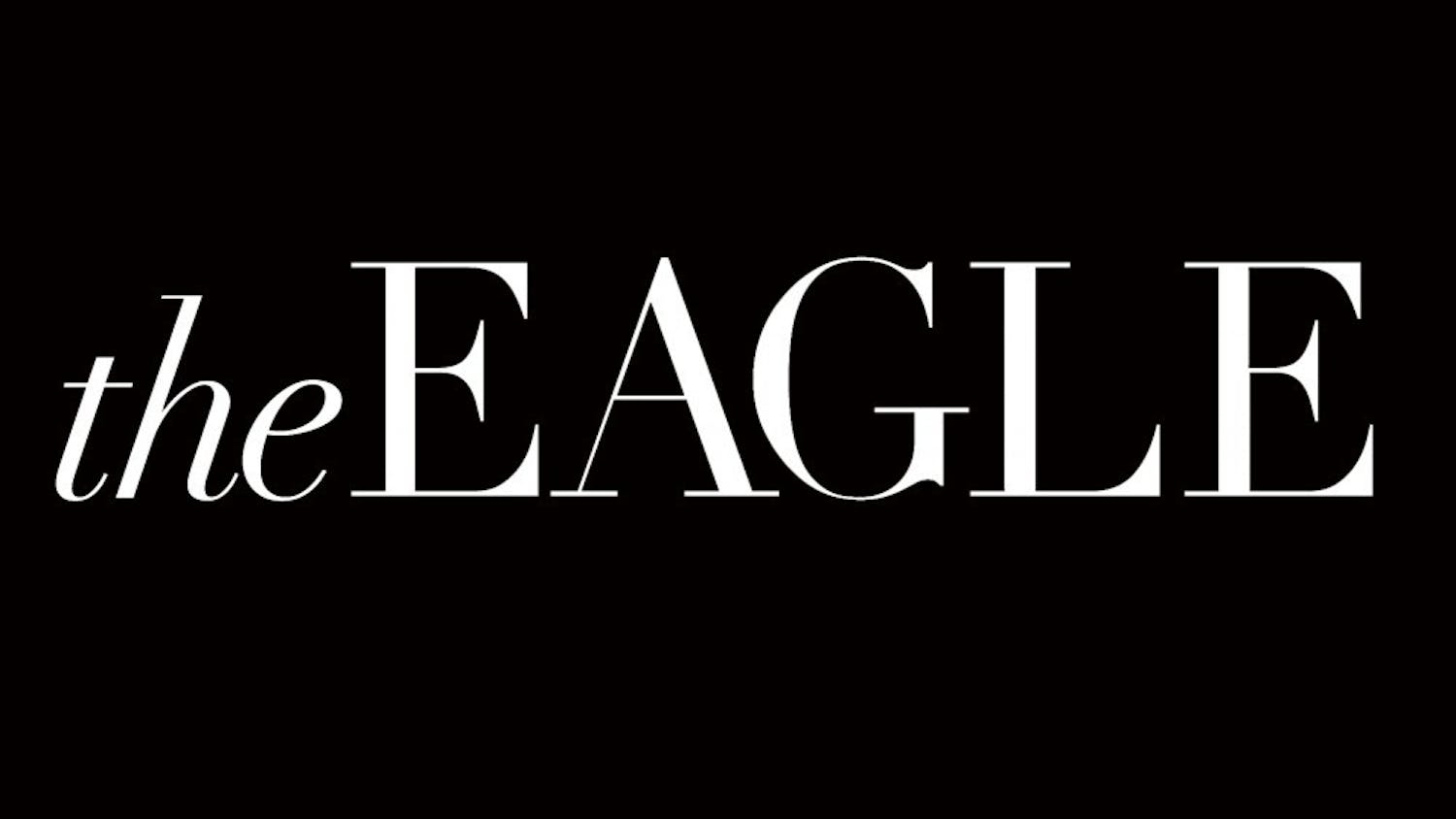“Things will get worse gradually, unless they get worse quickly.” —Alan J. Auerbach, Professor of Economics, University of California at Berkeley
My first days as an intern on Capitol Hill were marked by the unheralded tasks familiar to any newcomer to the House of Representatives: sorting mail, distributing faxes to aides and answering phone calls from district constituents. As expected, many of the conversations were dominated by the everyday concerns of middle-class citizens struggling through an economic downturn. What surprised me, however, was the volume of appeals insisting on more Medicare protection, expanded health care coverage or increased security to stem the flow of illegal immigrants.
For their parts, politicians on both sides of the aisle seem intent on drafting and defending plans for more stimulus funds, more bailouts and the preservation of Bush-era tax cuts. Indeed, the post-health care legislative agenda seems destined for tense standoffs on immigration reform, financial regulation and climate change. What, then, shall we make of this growing desire for more lavish government expenditures even while many condemn higher taxes? The harsh reality tells us that people need to pay more attention to the most extravagant number in Washington these days — the national debt.
Prior to slipping into recession in late 2007, a law limited the amount the government may borrow to $12.1 trillion. This cap, of course, has been raised over the last two years to prevent further ruin. Heck, what’s a few more trillion dollars? The debt accumulates as the government finances annual budget deficits; it is likely these deficits receive more coverage because they are simply more manageable to comprehend. The 2009 federal deficit reached a record $1.42 trillion: a reflection of two recessions, two wars and the imprudent fiscal policies of the past two presidents.
Dig deeper, though, and the weight of the national debt hits you like an oncoming train. The debt is a more accurate and honest figure in evaluating the country’s revenue, expenditures and mounting dues to foreign creditors. Now over $12.3 trillion, it is projected to rise to $15 trillion — 100 percent of the nation’s GDP — by the end of 2010. Since September 2007, the debt has increased by nearly $4 billion each day. Offering perspective for such staggering numbers can be difficult, but if the debt is averaged, each citizen would owe roughly $40,000.
Despite the appeal of deficit spending to stimulate a sluggish economy, long-term debt hampers growth. Creditors will grow worried about how our government intends to repay its debts. These concerns will push interest rates higher because creditors will demand more money for their risk. Complicating an already grim situation is the fact that China, Iran, Russia and Venezuela are among our leading foreign lenders. Like it or not, large sums of American tax dollars will one day find their way to these countries. And bastions of capitalism, democracy and human rights they are not.
No amount of spending cuts or tax increases will provide an immediate solution. As baby boomers begin to retire en masse, policymakers must address the fundamental structure of the health care system, Medicaid, Medicare, Social Security and the tax code. Nothing short of a radical reassessment of the social contract and the proper role of government will close the gap.
Michael Stubel is a junior in the School of Public Affairs and the School of Communication and a moderate libertarian columnist for The Eagle. You can reach him at edpage@theeagleonline.com





